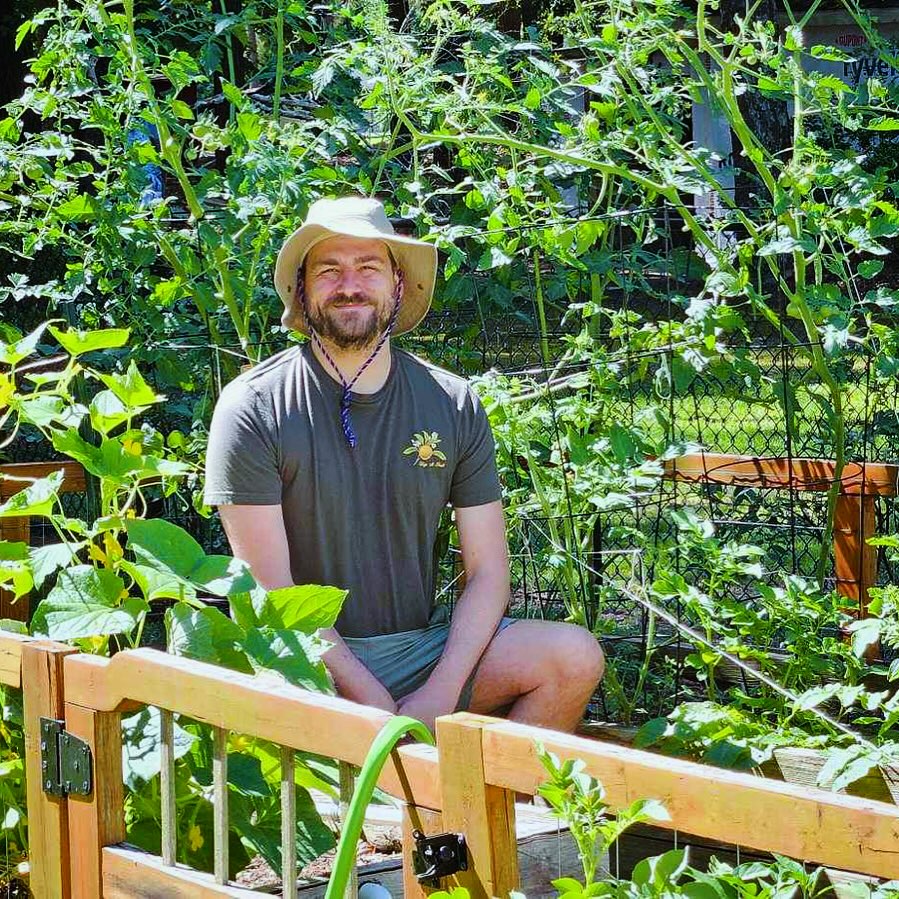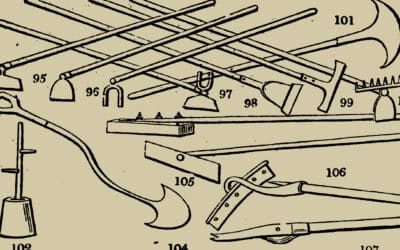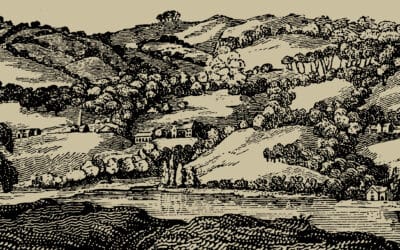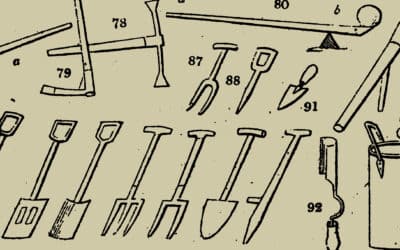Gardening enthusiasts often face a common challenge that can frustrate them and upset their horticultural hopes: clay soil.
Known for its dense, compact nature, clay soil presents a tough test, stubbornly holding onto water and suffocating delicate plant roots.
This condition leads to poor drainage and aeration, making it difficult for gardeners to develop the gardens they dream of growing.
However, with a blend of scientific insight and practical knowledge of types of soil, it’s possible to conquer this challenge and make the most out of a garden filled with clay.
TL;DR
We aim to:
- Address the challenge of clay soil’s poor drainage and aeration, impacting garden life.
- Stress the importance of soil testing to make changes for clay soil improvement.
- Advocate for adding organic matter and using cover crops to enhance soil structure and quality.
- Recommend mulching and avoiding compaction to improve soil health and encourage earthworm activity.
- Warn against common errors like over-tilling, which can harm clay soil’s condition.
Understanding Clay Soil
Improving your understanding of clay soil involves learning about its basic characteristics and the important role a soil test plays in any garden improvement strategy.
Clay soil, with its fine, tightly packed particles, has both good and bad consequences in the gardening world.
On one hand, its ability to retain water and essential nutrients can be a helpful for plant life, making sure they have access to moisture and food over extended periods. On the other hand, this same characteristic becomes troublesome when it comes to drainage and breathability, leading to waterlogged conditions that are bad for root health.
A complete soil test goes beyond a quick glance at your garden’s earth. It’s a detailed analysis that uncovers not just the texture of your soil but its pH level, nutrient content, and organic matter composition.
Such tests can reveal shortages that might not be visible to the naked eye, such as a lack of nitrogen, phosphorus, or potassium, or an imbalance in the soil’s acidity or alkalinity.
Understanding these differences is critical, as they directly influence your approach to fixing soil, deciding whether you need to add lime to reduce acidity or sulfur to increase it, or if your soil would benefit from a boost in organic matter to enhance its structure and fertility.
Armed with this detailed profile of your garden’s soil, you’re in a better place to make informed decisions that go along with your gardening goals. Whether you’re aiming to grow a healthy vegetable garden, a colorful flower bed, or a beautiful landscape of shrubs and trees, knowing the precise condition of your soil is the first step toward success.
This knowledge empowers you to finely tune your soil improvement efforts to meet the specific needs of your plants, making sure they have a supportive foundation to grow, thrive, and flourish.
Also, understanding the unique properties of clay soil and the important information learned from a soil test can change a difficult challenge into a doable project.
With patience, persistence, and the right knowledge of how to break down clay soil fast, even the most compacted clay soil can be nurtured into a fertile garden.
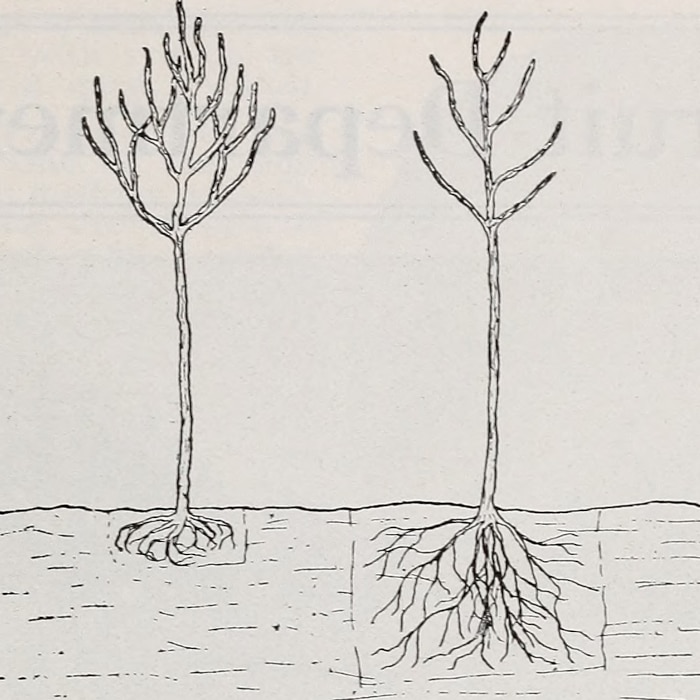
Two trees, one with a shallow root system likely slowed down by dense clay soil, and the other with a deeper root system in less compacted soil.
Improving Soil Structure and Drainage
Introducing organic matter into clay soil is a game-changer. Compost, leaf mold, and well-rotted manure not only enhance soil structure but also provide essential nutrients for plant growth.
My experience with improving soil quality began with adding these elements to my garden beds, which were filled with red clay soil. By using these elements, I noticed improvements in soil quality and plant health over time. The important lesson here is to balance what you add. While it might be tempting to add sand to lighten the soil, without proper balance, this can lead to a denser, more concrete-like texture.
Making Use of Cover Crops
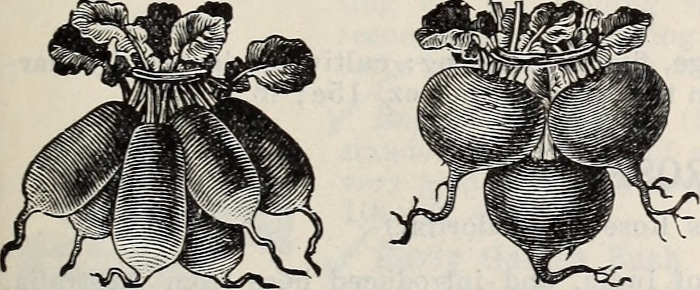
Clusters of radishes with lush leaves, that are typically suited for growth in the compact and mineral-rich clay soil.
Cover crops like clover, rye, and daikon radish play an important role in natural soil aeration and improvement. Their deep roots break up compacted soil, leaving behind organic matter that improves the soil.
Using these crops in my garden brought about a big change, improving drainage and providing a natural, sustainable method for soil improvement.
Mulching and Reducing Compaction
Mulch is a helpful tool in the search for better soil structure. A thick layer of shredded leaves or straw not only conserves moisture and prevents weeds but also slowly improves soil texture as it decomposes.
Also, avoiding soil compaction by cutting down on foot traffic and mechanical pressure is necessary for maintaining the quality of enhanced soil.
Encouraging Earthworm Activity
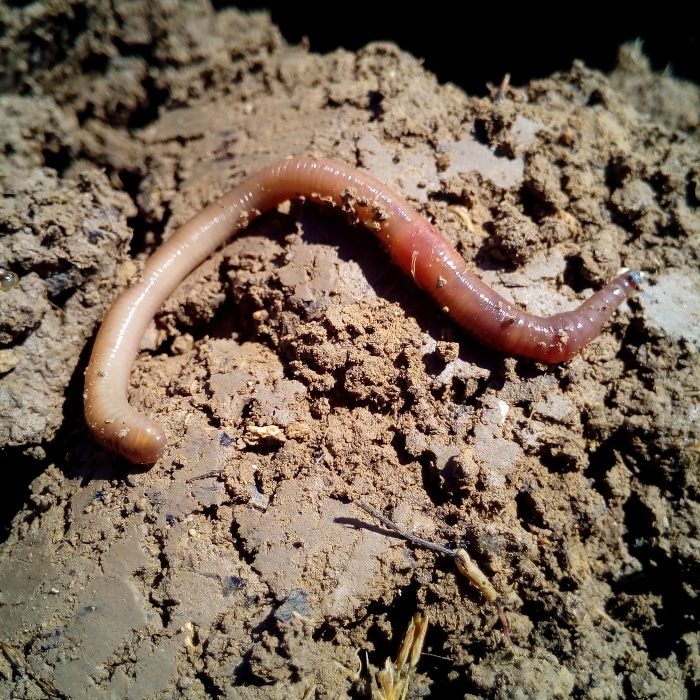
An earthworm on the surface of moist clay soil, a helpful tool for aerating and enriching the soil ecosystem.
Earthworms aerate the soil and break down organic matter to improve soil quality.
Encouraging their presence in the garden through moist, cool conditions and the addition of organic matter has been helpful for the soil improvement in my garden.
These hardworking creatures not only aerate the soil but also help improve the nutrient quality.
Common Mistakes to Avoid
Working with clay soil is a delicate balance. One common mistake is over-tilling, which can worsen compaction and upset soil structure.
Also, the addition of materials without understanding their impact on soil composition can slow down rather than speed up improvement efforts.
Learning from these missteps has been a big part of my growth as a gardener, highlighting the importance of a thoughtful, informed approach to fixing soil.
In conclusion, mastering clay soil and achieving better drainage and plant growth is a process that requires patience, persistence, and a willingness to learn from both successes and failures.
By understanding the unique properties of clay soil, making use of organic matter and cover crops, mulching, encouraging earthworm activity, and avoiding common dangers, gardeners can turn challenging clay soil into a nurturing environment for a healthy garden.
We hope this guide will inspire you to embrace the challenges of clay soil and see them as opportunities for growth in your gardening practices.



